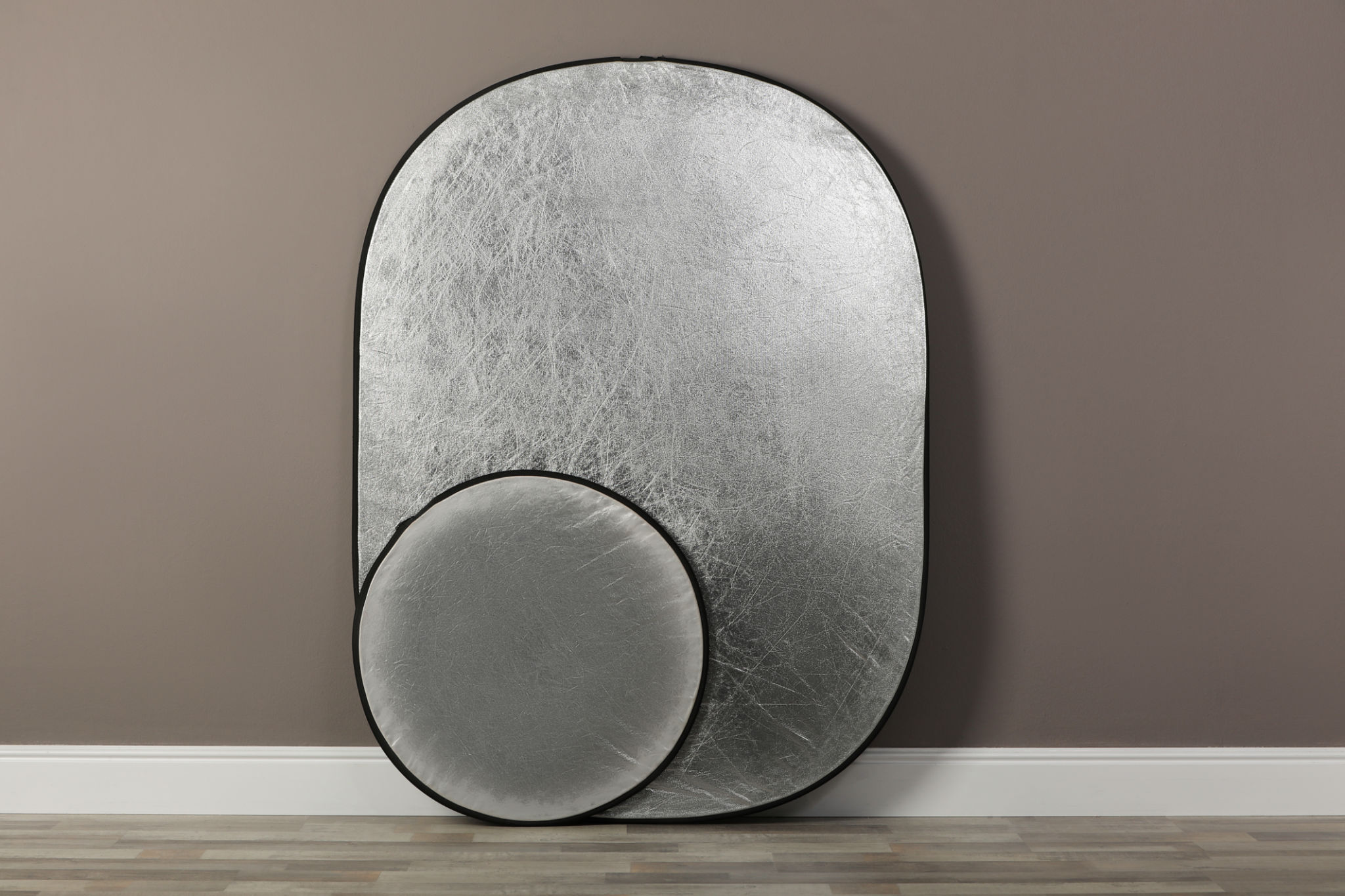Expert Photography Tips for Capturing Perfect Lighting
Understanding Natural Light
One of the most critical aspects of photography is understanding and utilizing natural light. The time of day can dramatically affect the mood and tone of your photos. Early mornings and late afternoons, often referred to as the "golden hours," provide a soft, warm light that is ideal for capturing stunning images. During these times, the sun is low in the sky, casting long shadows and creating a beautiful glow.
In contrast, midday sun can be harsh and produce unflattering shadows on your subject. If you must shoot during this time, look for shaded areas or use diffusers to soften the light. Understanding how natural light changes throughout the day will help you plan your shoots effectively.

Using Reflectors and Diffusers
Reflectors and diffusers are essential tools for any photographer looking to control lighting conditions. A reflector can bounce light back onto your subject, filling in shadows and creating a more balanced exposure. They come in various colors, including silver, gold, and white, each offering different effects on the lighting.
Diffusers, on the other hand, soften harsh light. They can be particularly useful on bright days to filter sunlight, reducing glare and preventing overexposure. By mastering these tools, you can enhance your photographs significantly.

Mastering Artificial Lighting
While natural light is beautiful, artificial lighting allows for more control over your environment. External flashes or studio lights can help you create consistent lighting conditions regardless of the time of day or weather. Understanding how to use these lights effectively can transform your photography.
When working with artificial lights, consider the direction and intensity. Side lighting can add depth and dimension to your subjects, while front lighting tends to flatten them. Experiment with different setups to find what works best for your style.

Balancing Light and Shadows
A common challenge in photography is balancing light and shadows. Too much contrast can obscure details in both highlights and shadows. The key is to achieve a harmonious balance that enhances the subject without losing important features.
One technique to manage this balance is bracketing, where you take multiple shots at different exposures and combine them in post-processing. This approach ensures you capture all the details in a scene, from the darkest shadows to the brightest highlights.
Post-Processing Techniques
Post-processing is an essential step in perfecting your photographs' lighting. Software like Adobe Lightroom or Photoshop allows you to adjust exposure, contrast, and color balance to achieve your desired look. It's important not to over-edit; subtle enhancements often yield the best results.
Pay attention to the histogram during editing. This tool provides a visual representation of the exposure levels in your image, helping you make informed adjustments without losing detail.

Conclusion
Mastering lighting in photography requires practice and experimentation. By understanding natural light, utilizing tools like reflectors and diffusers, mastering artificial lighting, balancing shadows, and refining images through post-processing, you'll be well on your way to capturing perfect lighting in every shot.
Remember that every situation is unique, and what works for one scene might not work for another. Stay patient, keep experimenting, and most importantly, enjoy the creative process of photography.
